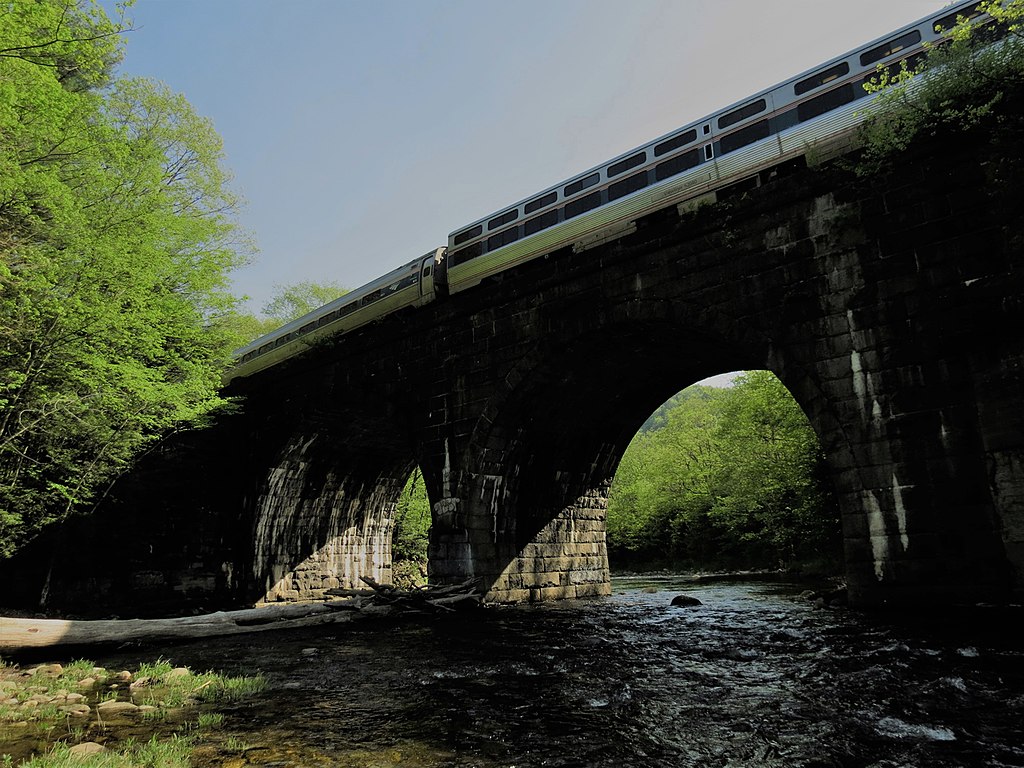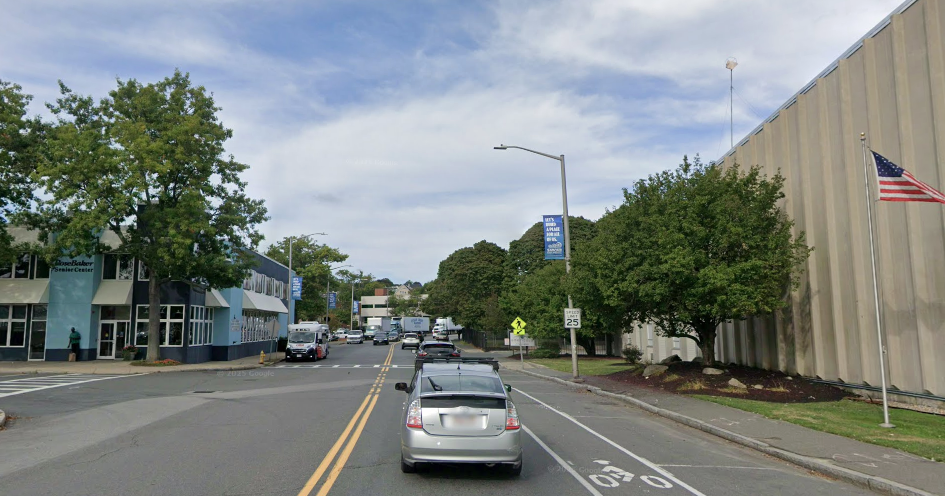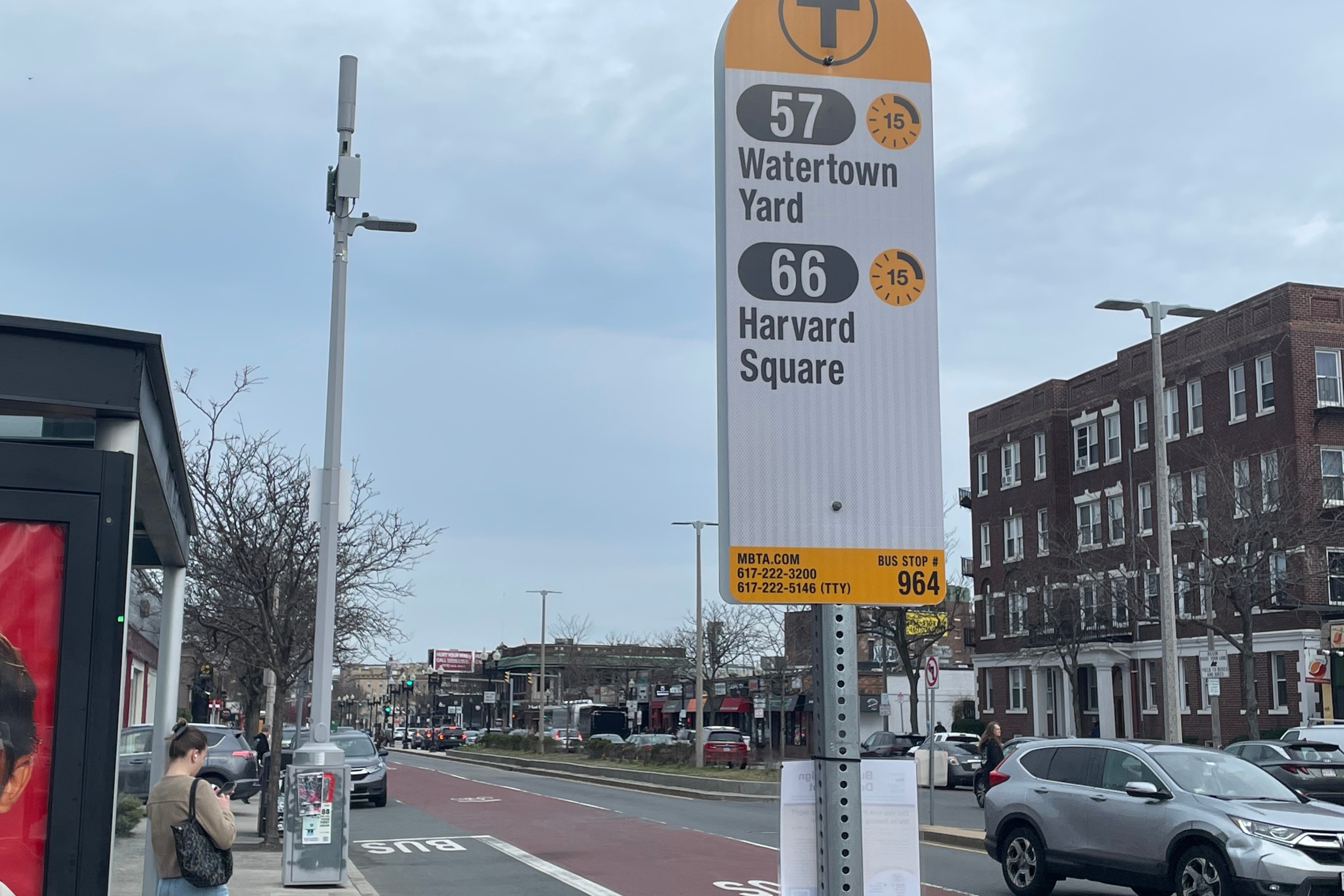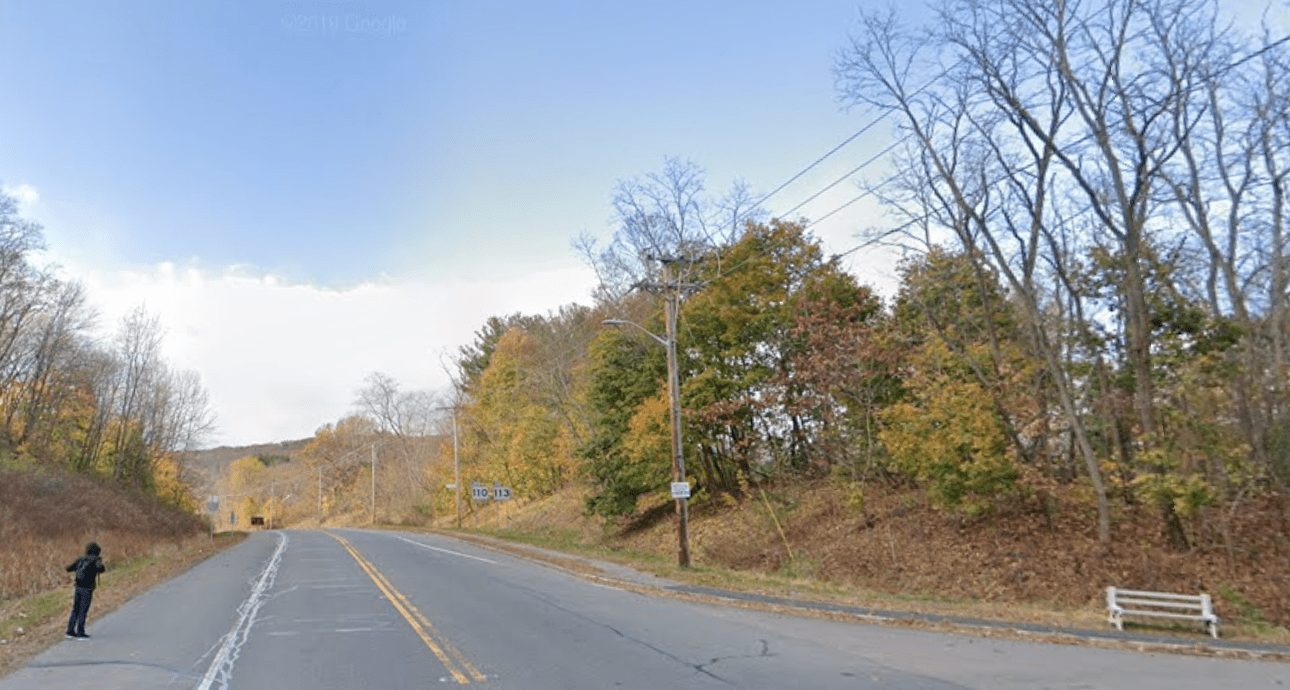MassDOT says that it will revisit cost and ridership projections for its East-West passenger rail study after rail advocates and a broad coalition of western Massachusetts planning organizations expressed skepticism over initial assertions that the project would attract few riders and cost billions of dollars.
For the past year, state rail planners and consultants from WSP have been studying six alternatives to improve passenger rail service between Boston and Pittsfield by way of Worcester and Springfield – the state's second- and third-most populous cities, respectively.
The six alternatives currently being studied range from basic upgrades to the existing freight rail corridor to support six daily passenger trains between Springfield and Boston, to the creation of a new high-speed rail corridor to Pittsfield with 17 daily round trips (currently, there is only one daily Amtrak train – the Lake Shore Limited to Chicago – that connects Springfield to Boston).
Last month, MassDOT issued their preliminary cost and ridership estimates for those six alternatives. One of the lower-cost options, a set of modest upgrades to the state’s primary east-west railway to enable up to six daily round-trip passenger trains between Boston and Springfield, was estimated to cost $2.1 billion, and allegedly would attract only 158 daily riders between Boston, Worcester, and Springfield.
Many rail advocates expressed skepticism over those estimates. As reported previously, the recently-upgraded Hartford Line between Springfield, Hartford, and New Haven and the Amtrak Downeaster between Maine and Boston both have much higher ridership, even though they serve smaller cities along their respective routes.
In a Feb. 21 editorial, the Boston Globe panned the MassDOT's approach and urged the agency to take east-west rail more seriously.
"If you want to kill a good idea, there’s a tried and true formula: Low-ball the benefits and inflate the costs," wrote the Globe's editors.
On Feb. 24th, planners from the Franklin Regional Council of Governments (FRCOG), Berkshire Regional Planning Commission (BRPC), the Capital Region Council of Governments of Hartford, Connecticut (CRCOG), the Pioneer Valley Planning Commission (PVPC), and 1Berkshire issued their own critique of MassDOT's estimates.
Using actual commuter data from the U.S. Census Bureau, those organizations observed that over 21,000 workers currently commute between the counties of western Massachusetts and Hartford County in Connecticut to Boston, Cambridge, and Worcester. If a new rail service captured only 10 percent of those commuters, it would rival the ridership of the Hartford Line (which averaged 2,000 weekday riders in its first year of operation).
In a presentation to the study advisory committee on Feb. 24th, the regional planning groups requested "reexamination and transparency of costs and revenue generation" and wrote that the study's initial estimates "require more explanation, clarity and re-analysis."
In a phone conversation with StreetsblogMASS on Monday, Maureen Mullaney of the Franklin Regional Council of Governments said that MassDOT staff have been receptive to those critiques, and plan to revisit their estimates.
“They thought that a number of points we had raised were right in line with things they hope to investigate more deeply,” said Mullaney. “We hope to have a real face-to-face discussion about how their numbers were generated."
"MassDOT is in the process of identifying a framework that can be used to conduct a sensitivity analysis that will include examining other regional rail service ridership, such as the Downeaster," wrote MassDOT spokesperson Judith Reardon in an email to StreetsblogMASS last week. "We are continuing to solicit comments and input from the members of the Advisory Committee, stakeholders, and the public to help inform our next steps."
The consulting firm WSP did not respond to a request for comment on how they arrived at their original ridership estimates.
For her part, Mullaney is confident that her agency's own ridership estimates are a better reflection of the potential benefits of an east-west passenger rail service.
"We believe passionately in the potential for this project to be transformational for the entire Commonwealth, not just for western Massachusetts,” said Mullaney.






